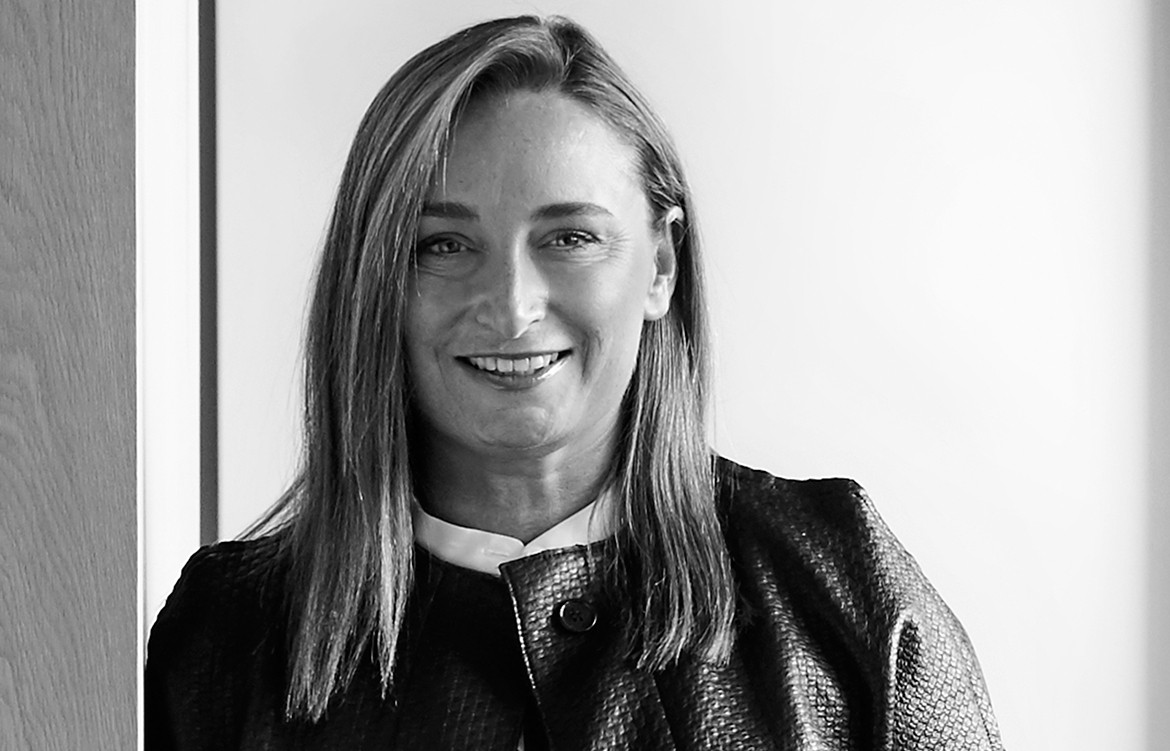Miriam Fanning has more than 20 years’ experience as an interior designer working across Australia from her studio in South Yarra, Melbourne. But for the next little while, Miriam and her team of nearly 30 will be working remotely out of their respective homes.
On the one hand, with a portfolio of projects both near and far remote work has never been a challenge for the studio. On the flip side, as a highly communicative office the individual project teams frequently work through design workshops together. Navigating these workshops through a digital transition was one of their bigger challenges of late.
Habitus recently spoke to Miriam about other adjustments Mim Design has recently made, as well as key takeaways that will continue to inform the behind the scenes of the practice well after the world returns to normal.
For a team of 29, working out of a central studio, what has the transition been like now that everyone is working from home?
For us, it wasn’t just a matter of packing up and moving home to work remotely. We’re a highly communicative team and we run a lot of workshops as we work through the different phases of our projects. Moreover, we work from philosophy through to final documentation, so we needed to make sure that we could achieve that while working from home.
We had to re-strategize the way our whole office communicates and thinks; we restructured our team and our programming to suit team catch-ups and flow-through on projects digitally.
We arranged a lot of in-house design workshops and then set up projects across Microsoft Teams with the relevant staff in them so that they can communicate whenever they need. Technically anybody can look at everybody but the teams are working together and sharing information.
My day, however, is very similar to what I was doing before – lots of workshops and discussing drawings over video calls and through Microsoft Teams. We’re all missing each other, because we are a pretty communicative team, but we are catching up in our project teams every morning and every afternoon via video conference.
How do the design workshops run now that they are digital?
Usually when we start a project, we do a workshop. And I open that workshop up to whoever is interested, not just the project team, so that we can all share. Ultimately it’s for the benefit of our grads and those who haven’t been as exposed to our way of working yet.
The difference now is that those workshops are only comprised of the project team plus two or three others that might be able to bring something to the table. They’re more condensed – which is not a problem.
Are you worried that this may hinder the opportunity to mentor, educate and grow the younger architects?
This is why we set up teams remotely, so that they are still learning and not working solo but with a team of people. I think it’s really important: that it’s not “everybody out for themselves”, we are still working together.
What about clients and suppliers? How are you anticipating staying in touch with them?
We’ve got a librarian that looks after all our suppliers, and she’ll continue to do that remotely, but if we need things specifically for each project, we can contact them individually. Prior to recognising that we would be working remotely and finishing up in the studio, we went through the library at the studio and started flagging all the projects that were going to be in selection mode, and all the jobs that were on site. We populated take home finishes buckets for each project, and anything that was in pre-concept.
Do you think this experience will change your processes and the way you work on projects?
I’d be mad to say no. And I’d like to think that at the end of this we all get something really great out of it. It is different, but it’s also no different – I’ve just been on four conference calls this morning and I’ve got presentations with external clients tomorrow – we’re doing all of that anyway with our interstate work. So for me, that’s just another layer.
I miss the camaraderie of having people around me, but at the same time, you’ve got to make sure that you can create that remotely with the tools that you’re given. Admittedly, you do feel a lot closer to your client when you are actually in the room with them, and that’s something that might be a bit more difficult, but we’ll see how that goes.
How are you hoping that the teams will keep motivated?
Having the time to organise the restructure to working from home has been fantastic. I’m glad we didn’t jump in at the first mention of the possibility of working remotely due to Covid-19. We all left [the office] with a level of comfort about how we’re going to do things. That was a really big undertaking for the team, but it made us feel like we weren’t entering the unknown. I guess we technically are in the unknown, but at least we knew how we were going to work, and that is really important.
What is important to you to hold on to through all of this and where, if anywhere, do you think you might be able to find a silver lining?
It comes down to a few things: making sure that your staff are comfortable and happy; making sure that your clients feel secure with what you’re doing; and importantly keeping connected. These things are important in any business and if you can get the tools to make all three happen, positive things will come.
Mim Design
mimdesign.com.au
We think you might also like Australia’s Leading Interior Designers

